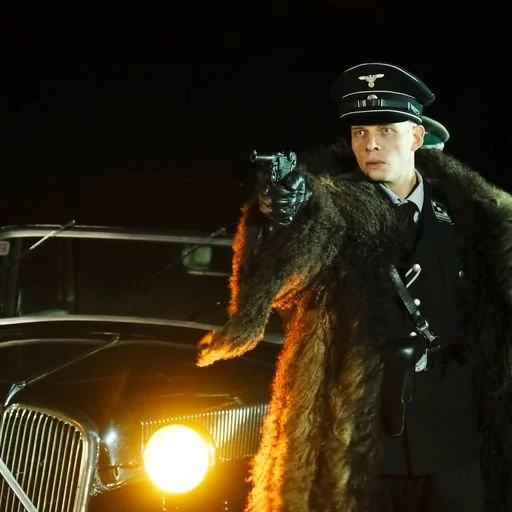THE SILENCE OF OTHERS - CAMBRIDGE FILM FESTIVAL
There are times when the loudest cry is one of absence. Visit any town in Central and Eastern Europe, walk around their pretty market squares, peer into their shady courtyards and you will see it. Or rather you won’t. You feel the absence – a people vanished by the Holocaust. Tragedy removes and is replaced by silence.
In the baked fields of Spain, along its busy roadsides, buried deep and unmarked by any memorial are the 100,000 and more souls disappeared under the regime of General Franco. In a chillingly beautiful film, directors Almudena Carracedo and Robert Bahar have lovingly documented the growing movement in Spain to uncover the atrocities wrought on innocent civilians by the erstwhile fascist dictator who ruled up to his death in 1975.
It is a hard but compelling watch. The film opens by following Maria Martin, an old lady, black garbed, toothless and with hardly a breath left. But her eyes burn. They blaze. She lays flowers at a roadside spot where during the Spanish Civil War (1936-39) her mother was taken by the Fracoists; shaved, stripped, beaten and shot, her body thrown into a mass grave where now the carretera runs. Maria is one of many who demand not revenge but justice; above all she wants her mother’s bones to bury next to her father. It is the life’s wish of this still mourning daughter.
Those who visit Spain won’t need telling that the memorials to the fallen of the Civil War are very few and far between. Though the camera lingers on the gaunt stone figures that make up the recently unveiled memorial to the victims of the brutal conflict in the Jerte Valley near Caceres, most of those who were gunned down, tortured, garrotted and burnt alive have no place to mark their grave. They are the forgotten by the silence of others.
We follow the frustrating process by human rights campaigners, and victims of Franco’s torture chambers of the late 60s and 70s, to bring perpetrators to justice. Standing in the way of this is the law passed by Spain in 1977 in which the crimes committed in Franco’s name are expunged. The amnesty passed that year effectively removed anyone responsible for war crimes from the fear of judicial process. Spain has been a land of official forgetting - but not for the victims and their families.
The film is utterly gripping from start to finish oozing humanity from every frame. The narratives around the uncovering of lost victims, and the bringing to justice (or not) of named torturers is compelling and brilliantly told. Here the heroes are the little guys: José María Galante, himself a victim of torture and the late Carlos Slepoy, a fearless campaigner for justice. The action moves from Spain to Argentina where because the guilty are immune in their own country, only a judge in Buenos Aires can try to bring a case against them. There are moments of small triumphs and terrible disappointments as the official line in Spain is (or was) that it is better to forget. But bodies are uncovered and some kind of judicial process, though snail paced, is still possible.
One of the most striking images of the film returns to the naked stone figures in the Jerte Valley. Shortly after they were finished in 2017 someone took pot shots at them and they are disfigured by bullet holes. Yet the sculptor declared that now his work is properly finished. The silence is no more.







